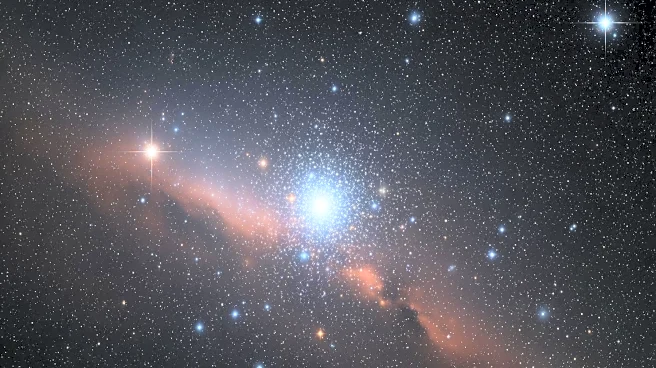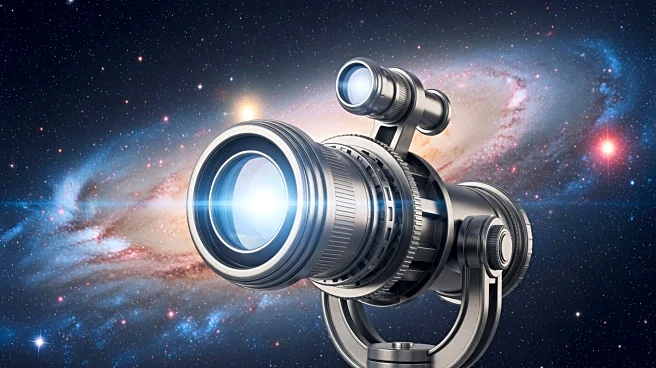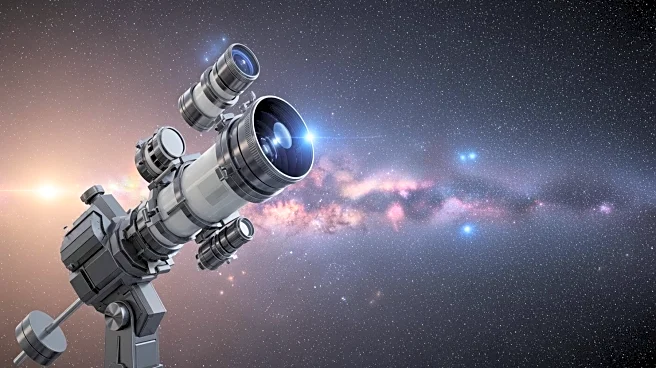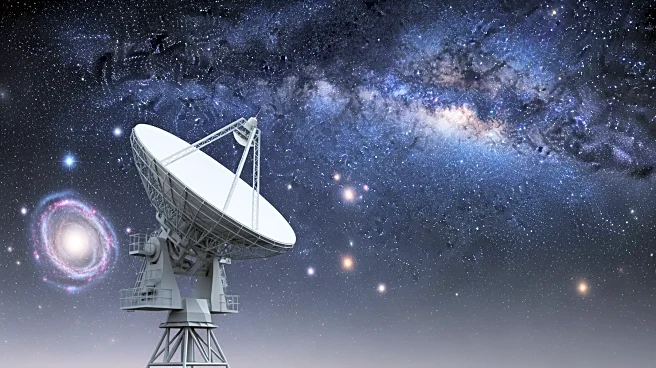What's Happening?
The European Space Agency's Euclid telescope has successfully captured images of young stars forming within a dark cloud named LDN 1641, located approximately 1300 light-years away in the constellation
Orion. This achievement was made possible through the telescope's infrared instruments, which can penetrate the cloud's obstruction of visible light. The observation marks a significant advancement in the study of star formation, providing astronomers with a clearer understanding of the processes occurring within these dense regions of gas and dust.
Why It's Important?
The ability to observe star formation in such detail has profound implications for the field of astronomy. It enhances our understanding of the lifecycle of stars and the conditions necessary for their birth. This knowledge can inform models of galaxy formation and evolution, offering insights into the broader dynamics of the universe. Additionally, the technological capabilities demonstrated by the Euclid telescope underscore the importance of continued investment in space exploration and research, which can lead to further discoveries and advancements.











